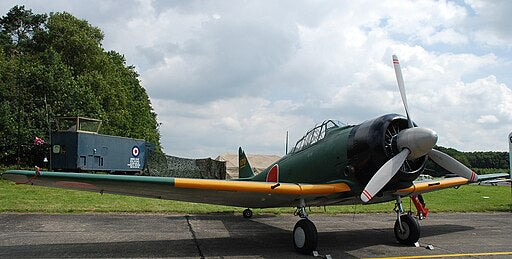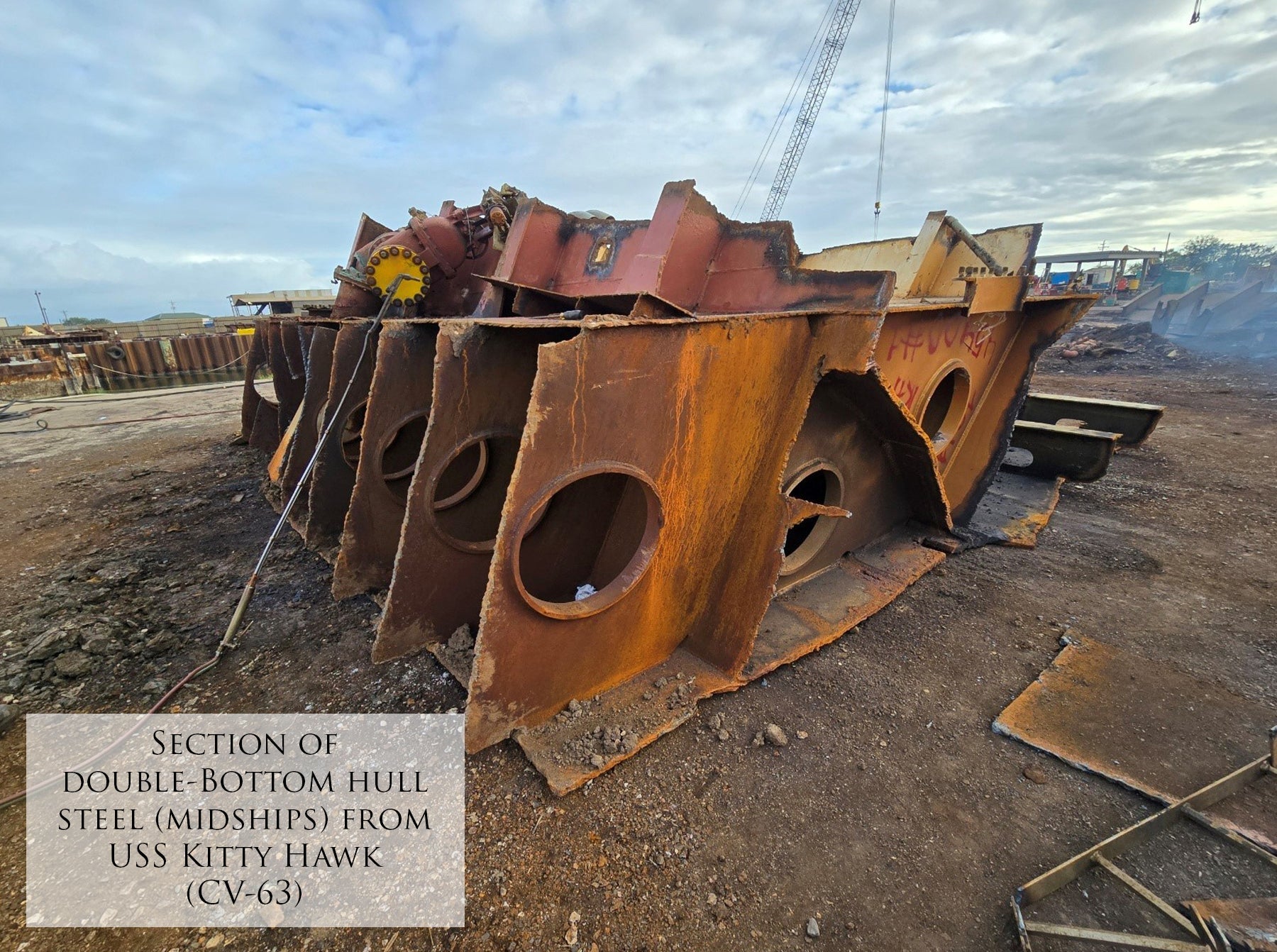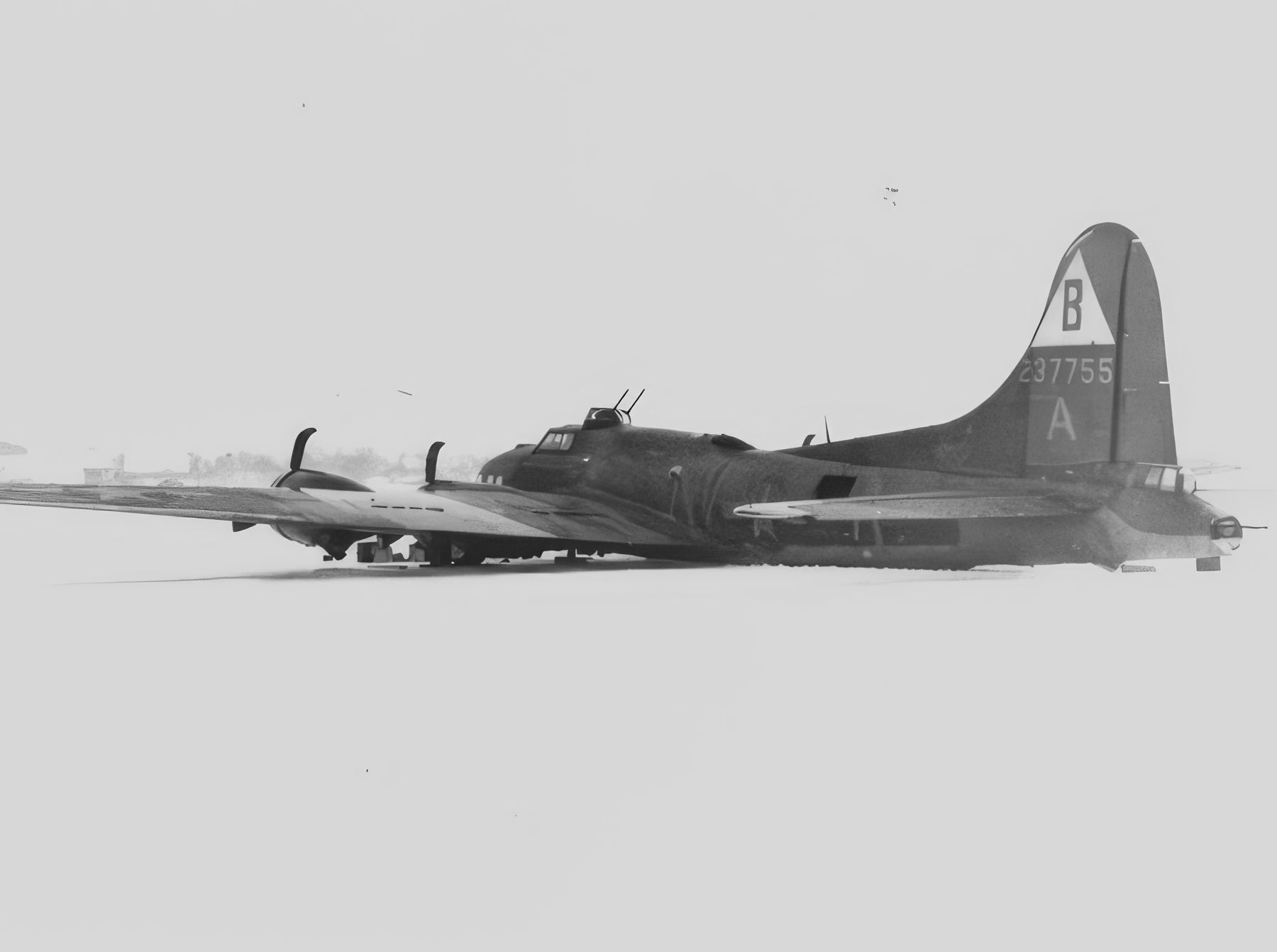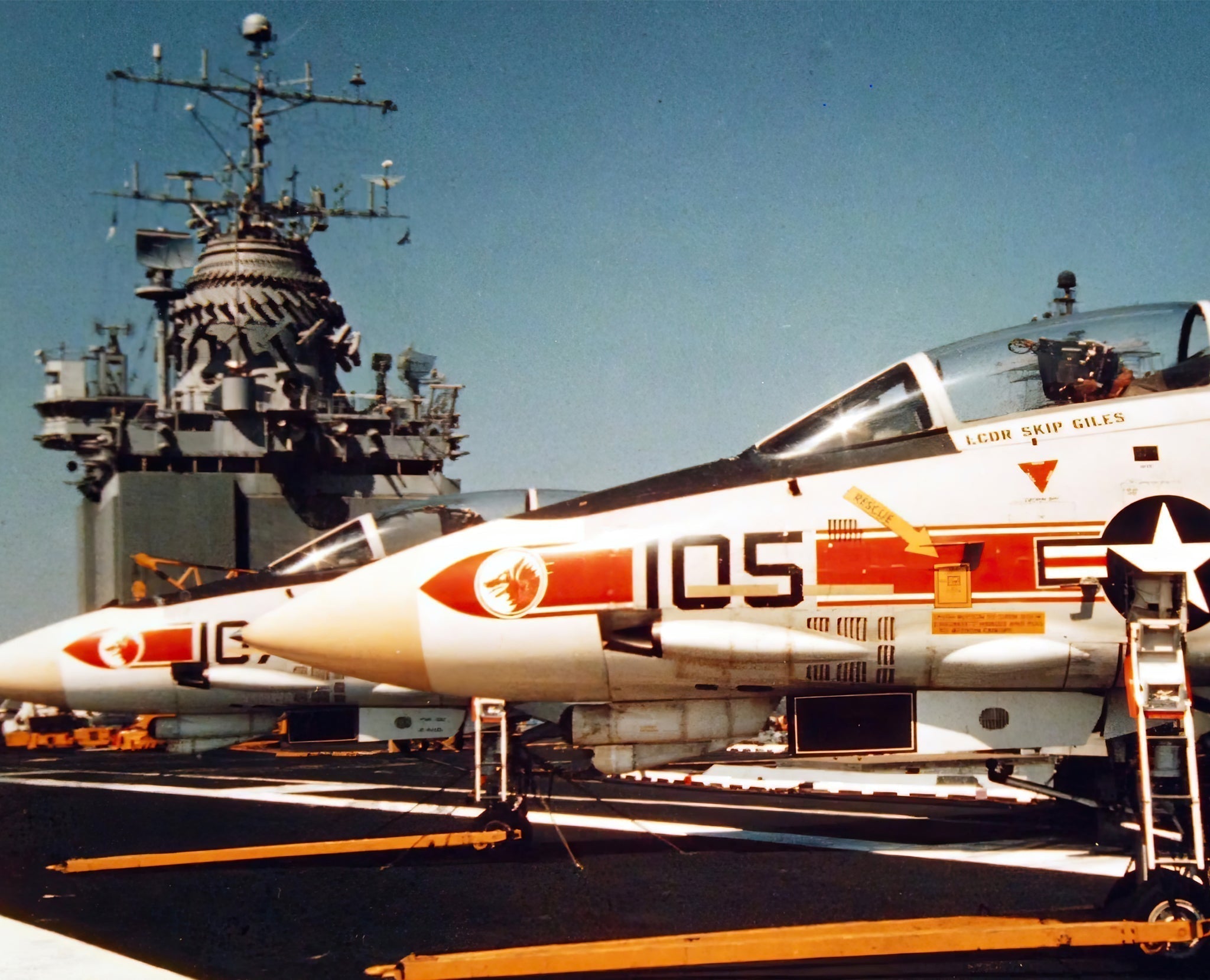World War II was a turbulent vortex, a tumultuous period where great powers sought dominion, leveraging ingenuity and nerve. A striking testament to this period’s aeronautical genius was the Mitsubishi A6M, colloquially christened as the ‘Zero.’ This nimble fighter aircraft wasn’t just a testament to Japan’s technological prowess; it fundamentally sculpted the country’s aerial combat doctrine.
From the bird’s-eye view of a historian, the Zero’s inception was an answer to Japan’s strategic imperatives. Surrounded by vast oceans and potential adversaries, Japan required an aircraft with exceptional range. The Zero embodied this need with its lightweight design and efficient fuel consumption, boasting fields unthinkable for most contemporary fighters.
The aircraft’s agility was unparalleled. With its low-wing monoplane design and lack of armor, it danced in the skies, often leaving heavier Allied fighters floundering. This skill allowed Japanese pilots to employ ‘hit and run’ tactics, diving into engagements and swiftly disengaging before enemy reinforcements could arrive.
Yet, the Zero’s strengths were also its vulnerabilities. The focus on agility and range meant sacrifices. The Zero lacked armor and self-sealing fuel tanks, making it vulnerable to enemy fire. This flaw underscored a broader philosophy in Japanese WW2 combat thinking: the prioritization of offense over defense, epitomized by the famed Samurai spirit and Bushido code. In many ways, the Zero was the airborne manifestation of the Samurai sword: sharp, swift, but fragile.
However, as the war progressed, the Allies adapted. New tactics and technologically superior aircraft began to challenge the Zero’s dominance. Recognizing Zero’s vulnerabilities, American pilots employed energy fighting tactics, leveraging their planes’ outstanding dive and energy retention characteristics, effectively circumventing Zero’s agility.
In retrospect, the Zero, with its symbolic rising sun symbol, wasn’t just an aircraft; it was a doctrine, a philosophy. It symbolized Japan’s audacious gambit in the early years of the Pacific War, highlighting a balance between technological innovation and tactical evolution. Through its successes and eventual challenges, the Zero offers profound insights into the fluid dynamics of wartime strategy as a stark reminder of the relentless march of innovation and the indomitable spirit of human tenacity.
For more insights into the A6M2 Zero and other important military aircraft, visit Aces In Action. Here, you’ll find an amazing piece of artwork by Craig Tinder titled “Tainan Kokutai,” which illustrates Saburo Sakai flying from Tainan Kaigun Kokutai on 7 August 1942. The limited edition canvas print even includes a piece of an actual aluminum fragment from an A6M2 Model 21 Zero Fighter from the Tainan Kaigun Kokutai – the same unit that WW2 ace Saburo Sakai served.
Tainan Kokutai – A6M2 Zero Aviation Art by Craig Tinder
7 August 1942 – Japanese flying ace FP01c Saburo Sakai, leads his squadron from the Tainan Kaigun Kokutai, based at Lakunai Airfield near Rabaul, New Britain Islands. Sakai claimed three kills during this mission before becoming seriously wounded while attacking SBD Dauntless dive bombers. Sakai was one of only a few Japanese Aces who began combat operations at the onset of the war in December 1941 and survive until the end.






Share:
From High Altitudes to Ground Realities: Why the U2 Spy Plane’s Design Makes it Difficult to Fly
Beyond the Dogfights: Analyzing What Was Better Between the MiG-15 and F-86 Sabre